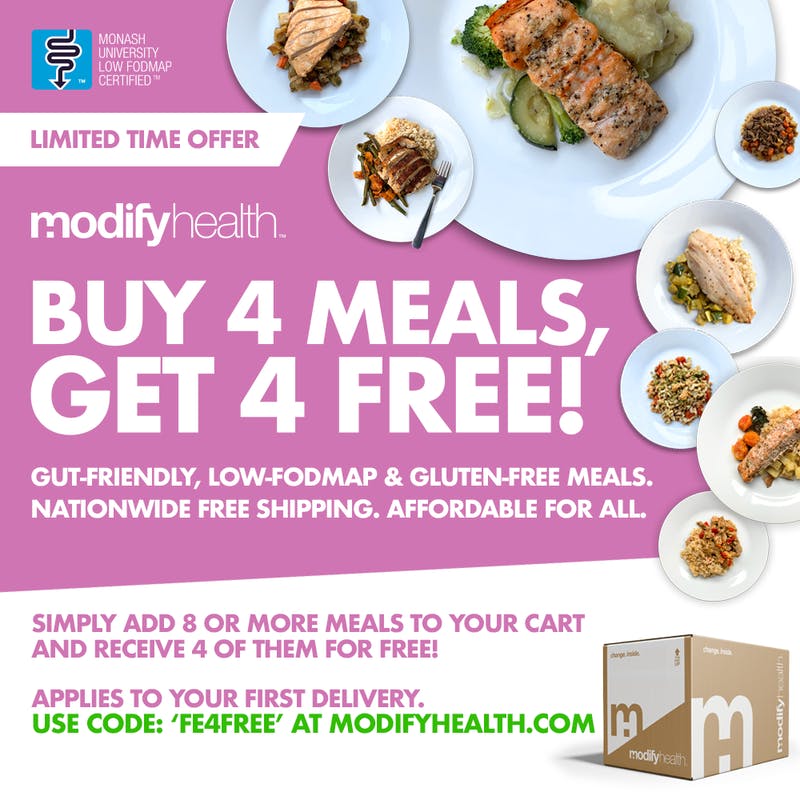Step into the time machine, folks, and set the dial for mid-century America. For Baby Boomers, food wasn’t merely about sustenance; it was a kaleidoscope of convenience, comfort, and culinary innovation designed to enhance a burgeoning post-war Lifestyle.
This era saw the rise of processed foods, the magic of TV dinners, and the comforting predictability of classic American fare. It was a time when recipes were often simpler, ingredients were changing, and the family dinner table was often the hub of daily life. So, pull up a chair to our virtual Thanksgiving table, because we’re about to take a delicious trip down memory lane, exploring the Food features that defined a generation’s taste buds.
TV Dinners

For many Baby Boomers, the TV dinner wasn’t just food; it was an event. These compartmentalized meals, typically featuring fried chicken or Salisbury steak with a side of mashed potatoes and mixed vegetables (and a brownie for dessert!), brought convenience to American kitchens like never before. They were a culinary symbol of the growing suburban lifestyle and the rise of television, allowing families to enjoy dinner without the fuss.
Jell-O

Jell-O was more than just a dessert; it was a staple on nearly every meal planner for Christmas, Easter, and everyday fun. This gelatin food came in a rainbow of colors and flavors, making its way into salads, desserts, and even savory molds. It was simple, inexpensive, and a true icon of the era’s lighthearted approach to food. Its versatility meant it could be found in everything from elaborate holiday recipe collections to simple after-school snacks.
Spam

Spam might be the butt of many jokes today, but for Boomers, this canned cooked pork product was a pantry staples powerhouse. It was incredibly versatile, fried up for breakfast, sliced into sandwiches, or diced into casseroles. It underpins a time when convenience and shelf-stable food products were king, a testament to American ingenuity after rationing. It also spoke to the budget-friendly meals many families relied upon.
Meatloaf

Meatloaf was the quintessential American comfort food, gracing dinner tables across the nation. Often made with ground beef, breadcrumbs, onions, and topped with ketchup or a tomato glaze, it was a healthy, filling, and economical recipe that stretched ingredients to feed a family. Every mom had her own secret recipe, passed down through generations, making it a truly bespoke dish for each household.
Campbell’s Tomato Soup

Campbell’s Tomato Soup was a pantry staple hero, providing a quick, warm, and comforting meal on chilly days or when someone needed a little pick-me-up. Paired with a grilled cheese sandwich, it was the ultimate Food duo. This iconic red and white can symbolize simple, accessible Food that could be transformed into a healthy meal with just a splash of milk. According to this statistic, 8.04 million Americans consumed 4 or more cans in 2020.
Grilled Cheese Sandwiches

The grilled cheese sandwich was a golden staple of childhood. Simple, quick, and utterly delicious, it was a go-to for lunch, dinner, or a hearty snack. Made with slices of American cheese between two pieces of buttered white bread, toasted until golden and gooey, it was a straightforward recipe that tasted like pure comfort. It was a healthy option for many families looking for quick Food.
Tuna Casserole

Tuna casserole was a potluck superstar and a typical weeknight dinner. Typically made with canned tuna, cream of mushroom soup, peas, and egg noodles, often topped with crushed potato chips or breadcrumbs, it was a budget-friendly and hearty recipe. It’s worth noting that a standard serving of tuna casserole typically contains around 290 calories, with a significant portion of those calories coming from fat and often being high in sodium, as reported by nutritional databases.
Hot Dogs

Hot dogs were synonymous with childhood, summer picnics, Thanksgiving cookouts, and baseball games. Served on a bun with a variety of toppings from ketchup and mustard to relish or chili, they were an accessible and beloved Food. This simple meat product was a constant presence, fueling adventures and casual meals, symbolizing easygoing American fun.
Wonder Bread

Wonder Bread, with its iconic red, yellow, and blue balloons, was the quintessential white bread of the Boomer generation. Its soft, squishy texture made it perfect for sandwiches, toast, or torn and eaten plain. It was the pantry staples that underpin countless school lunches and breakfasts, providing a familiar and comforting base for various meals. It symbolized the era’s push towards uniformity and processed food.
S’mores

S’mores were the magical treat of camping trips and backyard bonfires. The simple recipe of toasted marshmallows and chocolate sandwiched between graham crackers was a delightful sensory experience. The sticky, gooey goodness was pure joy, a quintessential summer food that forged lasting childhood memories. It underpins a time of outdoor fun and simple pleasures, a truly bespoke delight for any adventure.
Tang

Tang, the powdered orange Food drink, gained immense popularity thanks to its association with the American space program. Marketed as the drink of astronauts, it brought a sense of futuristic wonder to the breakfast table. It was sweet, easy to mix, and a colorful alternative to orange juice, making it a fun breakfast beverage for kids across the nation. It was a bespoke choice for those seeking more than just water.
Sloppy Joes

Sloppy Joes were a quintessential casual meal, a messy but delicious recipe that found its way into school cafeterias and family kitchens. Made with ground beef in a savory, often sweet and tangy, tomato-based sauce, served on a hamburger bun, it was a quick and budget-friendly option. This food brought a bit of fun and a lot of napkins to the dinner table, making for memorable, if slightly sticky, meals. From a nutritional standpoint, a typical Sloppy Joe sandwich can vary, but a common serving often contains around 250-350 calories, with a significant portion of that from fat.
Pot Roast

Pot roast was the epitome of a Sunday supper, slow-cooked to tender perfection with vegetables like carrots, potatoes, and onions. This recipe provided a comforting, healthy meal that filled the house with a savory aroma. It was a hearty Food that symbolized family gatherings and warm, leisurely meals, a cherished Thanksgiving or Christmas tradition for many. It truly underpins the classic American family meal.
Macaroni and Cheese (Kraft Dinner)

For many Boomers, Kraft Macaroni and Cheese, affectionately known as “Kraft Dinner,” was the ultimate easy meal. This boxed food with its bright orange powdered cheese sauce was a childhood favorite, providing quick satisfaction and creamy comfort. It was a pantry staple miracle, ready in minutes, and a go-to for busy weeknights, becoming a bespoke part of many American childhoods. Over 1 million boxes of Kraft Mac & Cheese are sold in the US daily.
Gelatin Molds

Beyond just Jell-O as a product, the elaborate recipe for gelatin molds was a widespread phenomenon. These shimmering, often colorful, concoctions could contain anything from fruit to shredded carrots, suspended in a wobbly, edible art piece. Found at potlucks, Easter gatherings, and casual dinners, they were a testament to the era’s playful approach to food. They were featured in many holiday recipe collections, adding a whimsical touch.
Disclaimer – This list is solely the author’s opinion based on research and publicly available information. It is not intended to be professional advice.
How Total Beginners Are Building Wealth Fast in 2025—No Experience Needed

How Total Beginners Are Building Wealth Fast in 2025
I used to think investing was something you did after you were already rich. Like, you needed $10,000 in a suit pocket and a guy named Chad at some fancy firm who knew how to “diversify your portfolio.” Meanwhile, I was just trying to figure out how to stretch $43 to payday.
But a lot has changed. And fast. In 2025, building wealth doesn’t require a finance degree—or even a lot of money. The tools are simpler. The entry points are lower. And believe it or not, total beginners are stacking wins just by starting small and staying consistent.
Click here and let’s break down how.
5 Easy Steps to Change Any Habit

5 Easy Steps to Change Any Habit
We all click on them with the hope that just THIS time the secret to changing a bad habit or adopting a healthy one will be revealed and we’ll finally be able to stick to that diet, stop that one or ten things that might in the moment make us feel temporarily good but really just make us fat, unhealthy, sad, mad or just frustrated with ourselves.





